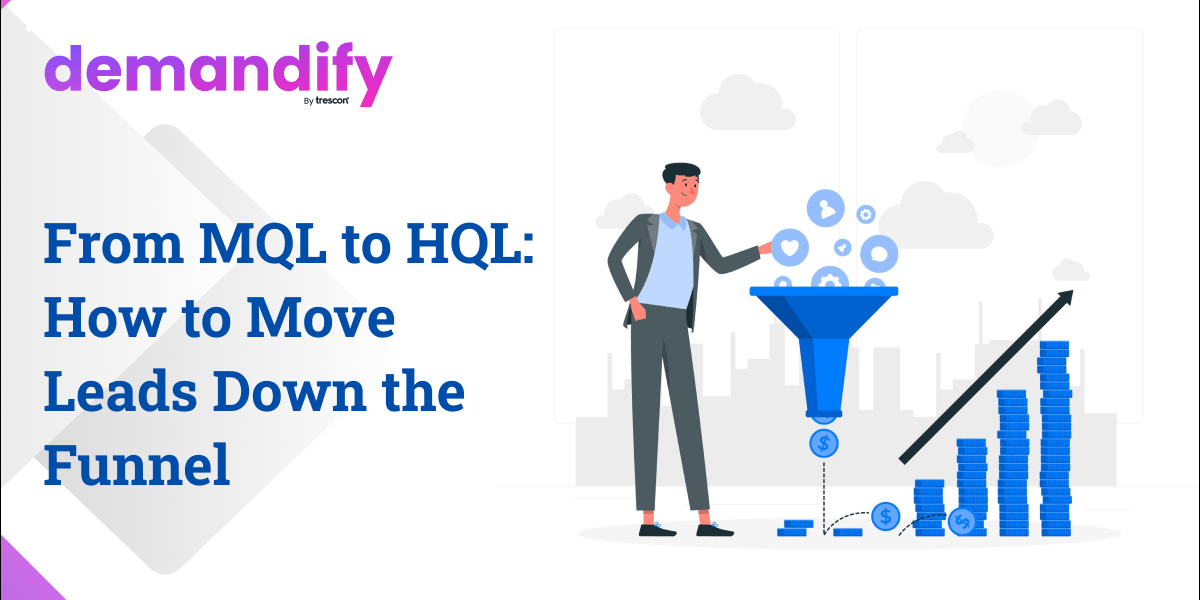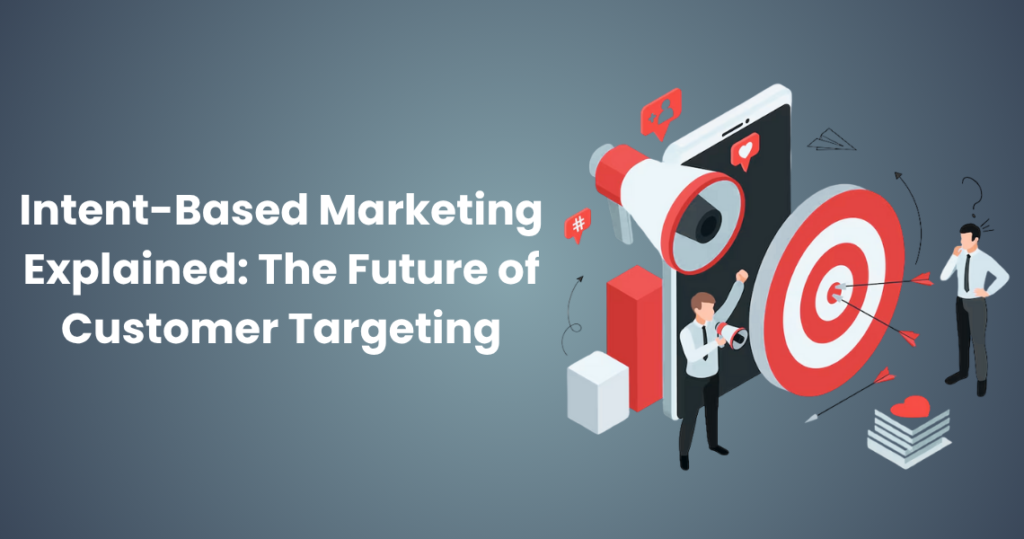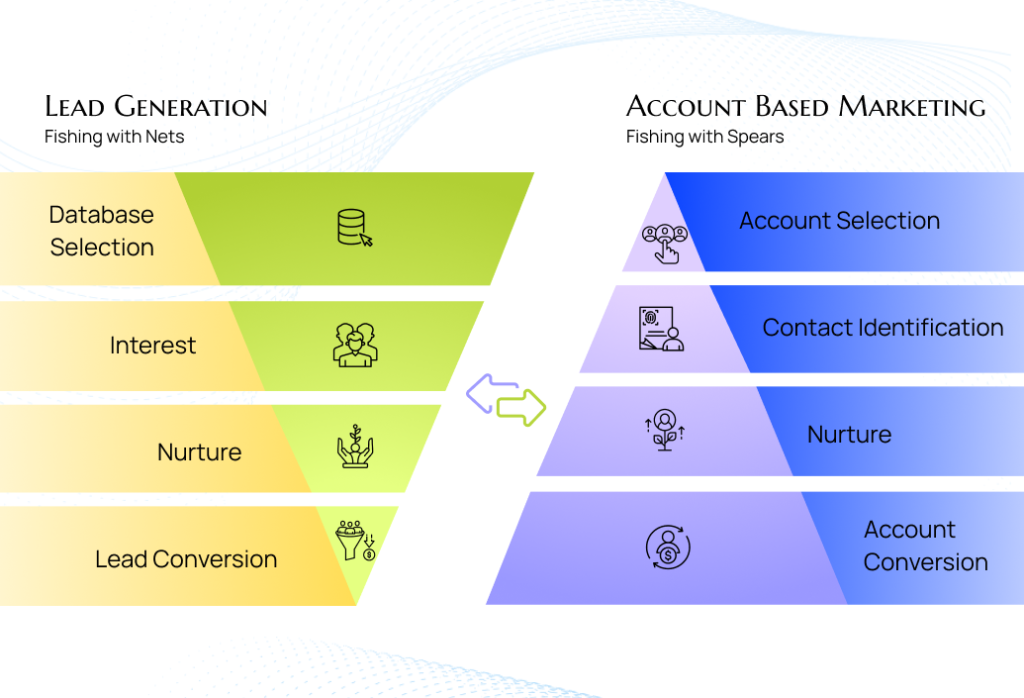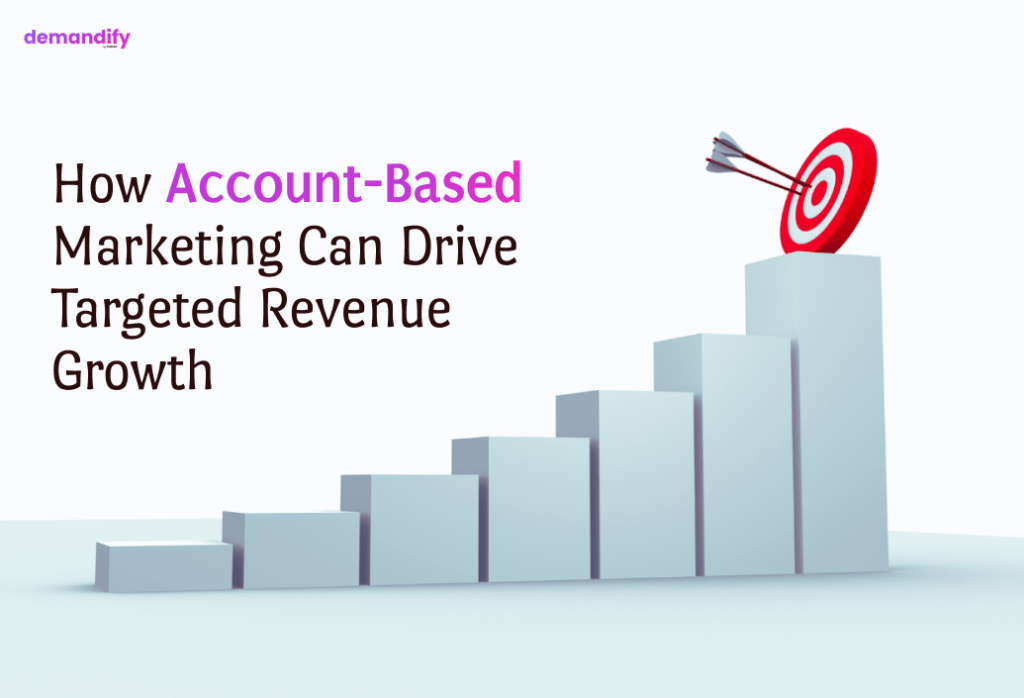
From MQL to HQL: How to Move Leads Down the Funnel
In the marketing and sales world, leads are any organization’s lifeblood. However, not all leads are created equal. A lead progresses through various stages before becoming a customer, starting as a Marketing Qualified Lead (MQL) and ideally evolving into a High-Quality Lead (HQL). But how do you effectively guide these leads down the funnel? Let’s explore the strategies to ensure a smooth transition.
What Are MQLs and HQLs?
- Marketing Qualified Lead (MQL): An MQL is a prospect engaged with your marketing efforts, such as downloading an eBook, signing up for a newsletter, or visiting your website multiple times. They’ve shown interest but aren’t ready to make a purchase.
- High-Quality Lead (HQL): An HQL is a more refined lead. They are not only interested in your product but are actively considering a purchase. HQLs are typically further along in the buyer’s journey and closer to being passed to the sales team.
Key Strategies to Move MQLs to HQLs
- Personalized Nurturing Campaigns Use email marketing, retargeting ads, and personalized content to keep MQLs engaged. Tailor your messaging to their specific interests, based on their interactions with your brand. For example, if they’ve downloaded a guide on cybersecurity, follow up with case studies or webinars on the topic.
- Educate with High-Value Content As leads progress down the funnel, their needs shift. Provide resources that address their pain points more deeply, such as whitepapers, ROI calculators, or detailed product demos. This content builds trust and positions your solution as the ideal choice.
- Implement Lead Scoring Assign scores to leads based on their behavior, demographics, and engagement level. For example, opening emails or attending webinars might earn points. Once a lead reaches a specific threshold, they can transition from MQL to HQL, signaling readiness for sales outreach.
- Engage with Sales Alignment Collaboration between marketing and sales is essential. Share insights from marketing campaigns with your sales team to ensure personalized and relevant communication when engaging with HQLs. A seamless handoff ensures no opportunity is lost.
- Use Intent Data Leverage tools that track buyer intent, such as visits to your pricing page or comparisons with competitors. This data provides crucial insights into whether an MQL is becoming an HQL. It also helps you prioritize leads more likely to convert.
The Importance of Timely Follow-Up
Timing is everything when moving leads through the funnel. Engage with leads when they’re most active or responsive. Delayed follow-ups can result in lost opportunities as prospects lose interest or choose competitors.
Conclusion
Transitioning leads from MQL to HQL requires a thoughtful and strategic approach. By nurturing leads with personalized content, aligning marketing and sales efforts, and leveraging data-driven insights, you can effectively guide prospects closer to conversion. The ultimate goal? Turning HQLs into loyal customers, driving sustained growth for your business.








